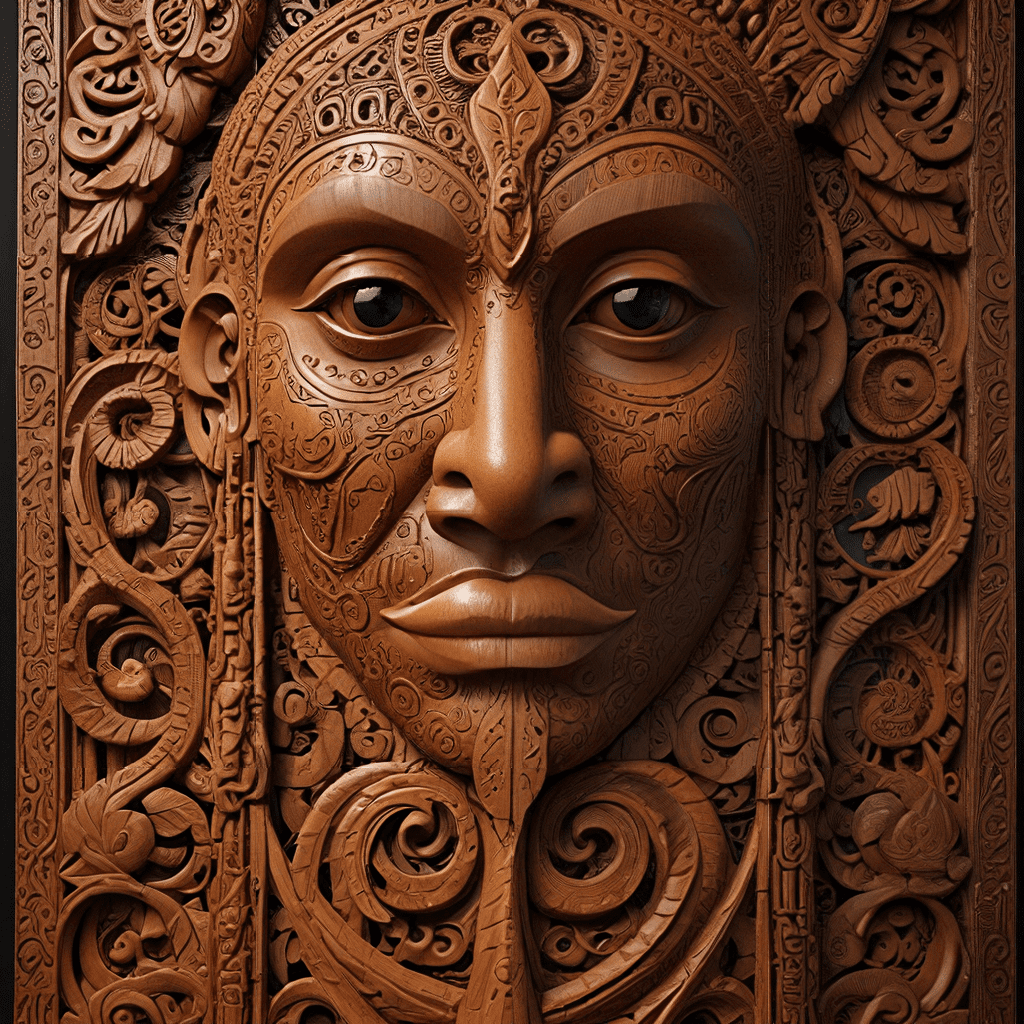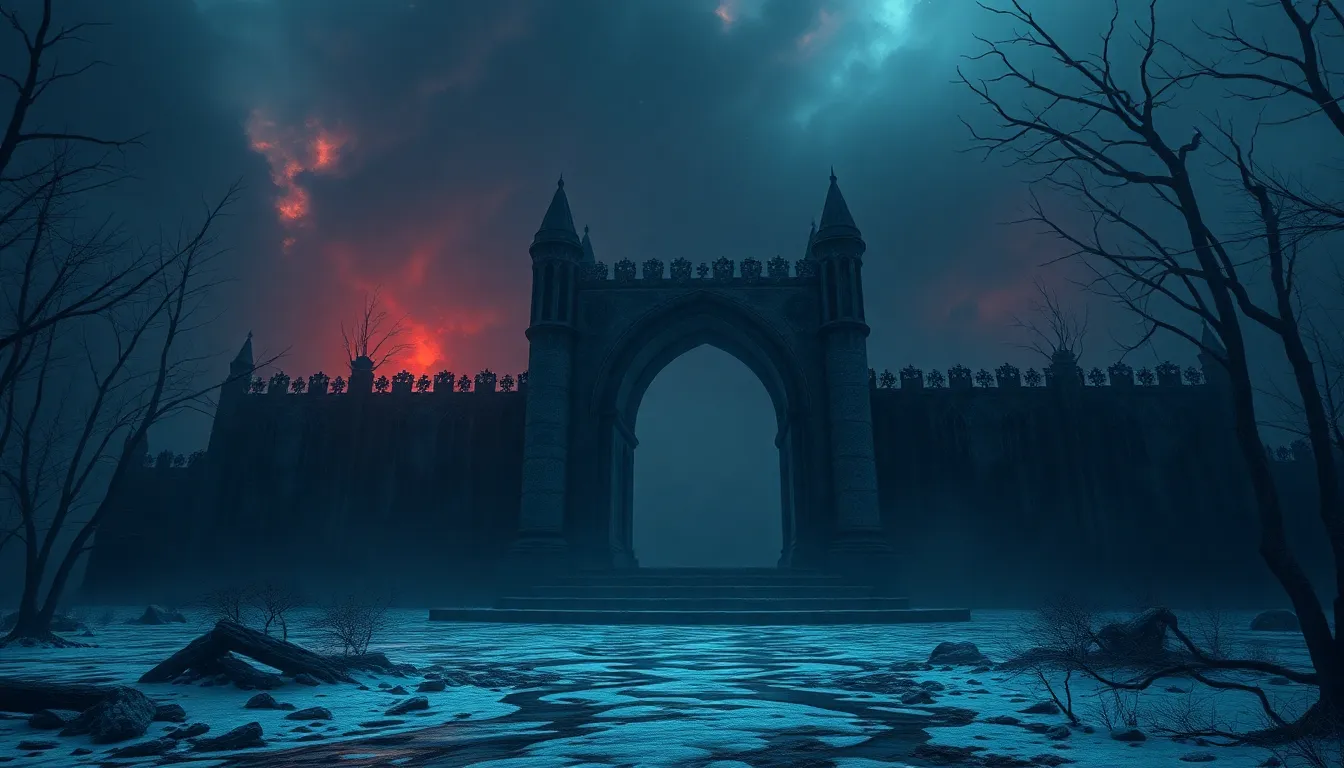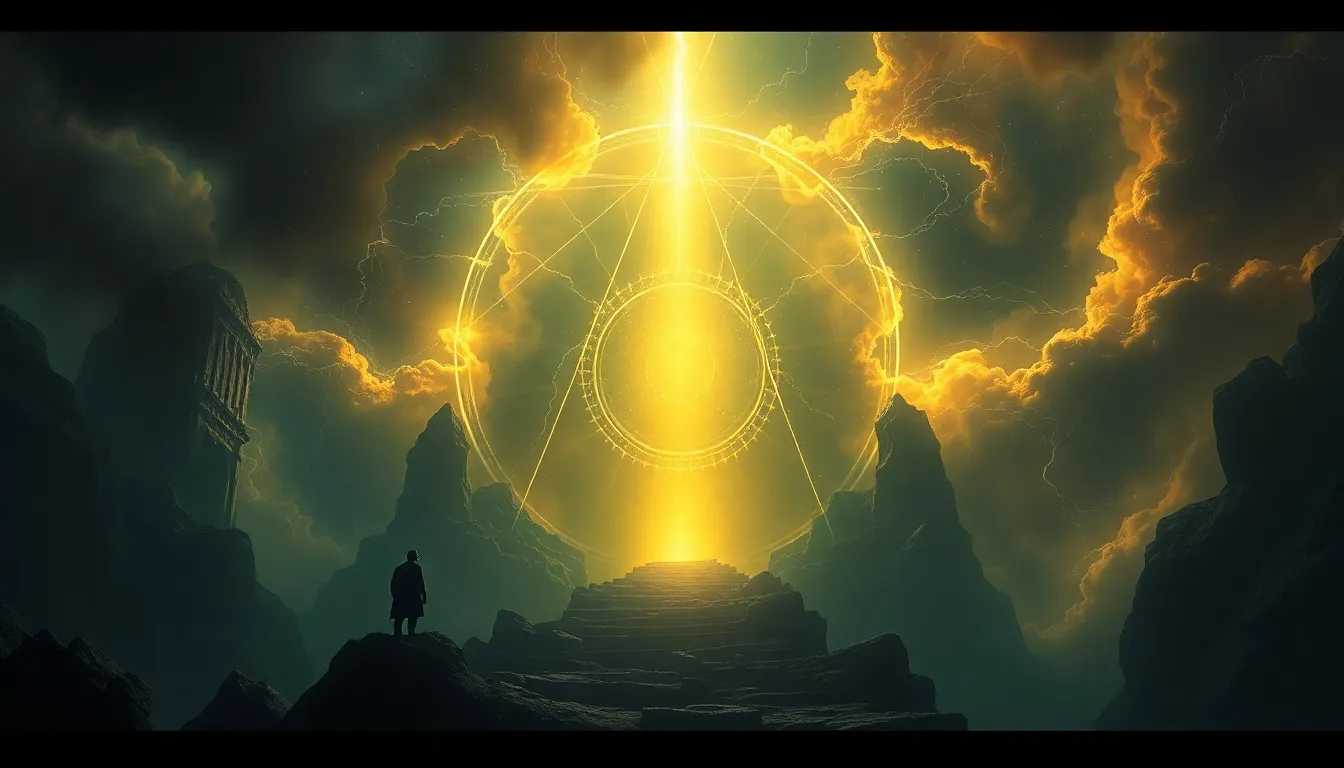The Manaia: Guardian of the Maori World
The manaia is a powerful and enduring symbol in Maori mythology, representing a spiritual guardian of the natural world, the living, and the dead. It is a mythical creature that embodies the essence of transformation, protection, and the interconnectedness of life. In Maori art and storytelling, the manaia plays a significant role, serving as a bridge between the physical and spiritual realms. This intricate being, with its unique blend of human, bird, and fish attributes, holds a special place in Maori culture, offering guidance, strength, and spiritual connection.
The Manaia in Maori Mythology
In Maori mythology, the manaia is a powerful and respected being associated with various aspects of life, including creation, protection, and transformation. They are considered to be guardians of the physical world, overseeing the boundaries between the realm of the living and the spiritual realm of the ancestors. This duality is reflected in their appearance, combining elements of both earthly and celestial beings.
Manaia are often depicted as messengers or intermediaries between the gods and humans, conveying messages and enacting divine will. They are also believed to possess supernatural abilities, such as the power to ward off evil spirits, heal the sick, and grant good fortune. In Maori folklore, manaia tales often emphasize their role in protecting sacred places, guarding pathways, and ensuring the balance of nature.
The Physical Attributes of the Manaia
The manaia is a creature of striking and symbolic form, bearing features that highlight its unique role in Maori mythology. Representing the interconnectedness of the physical and spiritual realms, the manaia is often depicted as a composite being, combining elements of humans, birds, and fish.
Common features of a manaia include:
- Humanoid Head: The manaia typically has a human head with a strong, assertive expression. This signifies the creature's intelligence, awareness, and ability to think and reason.
- Birdlike Body: The manaia's body is often depicted with the feathers and wings of a bird, representing freedom, swiftness, and the ability to traverse the skies and the spiritual realm.
- Fish Tail: The manaia usually has a fish tail, symbolizing connection to the sea, fertility, and the depths of the spiritual world, connecting it to the ancestors and the source of life.
The Significance of the Manaia’s Head
The manaia's head is a focal point of its symbolic representation. The human face, often depicted with a strong and watchful expression, signifies intelligence, awareness, and the ability to perceive both the physical and spiritual worlds. Its eyes, often large and prominent, symbolize insight and wisdom, suggesting that the manaia is a guardian who possesses profound knowledge of both the living and the dead.
The manaia's facial features often include intricate details, such as facial markings, headdresses, and adornments, which further enhance its symbolic significance. These details often represent specific genealogies, tribal affiliations, or spiritual concepts associated with the manaia.
The Manaia’s Body and Tail: Bridges Between Worlds
The manaia's body, with its birdlike wings, acts as a bridge between the physical and spiritual realms. The wings represent freedom, swiftness, and the ability to traverse the skies, signifying the manaia's ability to move freely between worlds. The bird's feathers are also associated with the ancestors and the spiritual realm, further connecting the manaia to the unseen forces that influence the world.
The manaia's fish tail symbolizes its connection to the sea and the depths of the spiritual world. The sea is seen as a source of life and a place of transformation in Maori mythology, representing the cycle of birth, death, and rebirth. The fish tail further connects the manaia to the ancestors who reside in the marine realm, signifying the enduring link between the living and the deceased.
Manaia Carvings: Guardians of Sacred Spaces
Manaia carvings are not just decorative elements; they are powerful symbols that hold deep cultural and spiritual significance. These intricate carvings often adorn important places within Maori communities, serving as guardians of sacred spaces and protectors of the people. The placement of manaia carvings is carefully considered, reflecting their specific roles and the spiritual energies they represent.
Manaia carvings are commonly found on:
- Marae: These are sacred grounds where important community gatherings and ceremonies take place. The manaia, placed at the entrance, acts as a guardian, ensuring the safety and spiritual wellbeing of those who enter.
- Whare (houses): Manaia carvings are often incorporated into the construction of traditional Maori houses, symbolizing protection, guidance, and a connection to the ancestors.
- War Canoes: Manaia carvings adorn the prows of war canoes, serving as powerful guardian spirits and symbols of strength and protection.
- Tombs and Burial Sites: Manaia carvings are placed near tombs and burial sites, symbolizing the transition between life and death and offering guidance for the souls of the departed.
- Other Sacred Places: Manaia carvings can be found marking other significant sites, such as sacred groves, waterfalls, or springs, signifying the spiritual energy and power that reside in these locations.
The Manaia as a Protector of the Living and the Dead
The manaia is a powerful symbol of protection and guidance in Maori culture, safeguarding both the living and the dead. As guardians of the sacred spaces, manaia carvings ward off evil spirits, protect against illness, and ensure the wellbeing of the community.
For the living, the manaia is a symbol of strength, resilience, and spiritual connection. Its presence provides comfort, guidance, and assurance that they are protected by powerful spiritual forces. For the deceased, the manaia facilitates their journey to the afterlife, ensuring a safe passage and a peaceful transition. The manaia is also believed to guide the souls of the departed to the realm of the ancestors, offering support and protection throughout their journey.
The Manaia as a Symbol of Transformation and Rebirth
The manaia is a powerful symbol of transformation and rebirth, representing the continuous cycle of life, death, and renewal. The manaia's unique blend of human, bird, and fish attributes encapsulates the idea of metamorphosis, reminding us that all things are in constant flux and that change is an integral part of life.
The manaia's ability to move freely between the physical and spiritual realms symbolizes the transformative nature of life, reminding us that we are constantly evolving and changing. The manaia's connection to the sea, the source of life, further emphasizes this cycle of rebirth, suggesting that even after death, life continues to regenerate and transform.
Theories Regarding the Origin of the Manaia
There are several theories regarding the origin of the manaia. One theory suggests that the manaia is a representation of a real-world creature, possibly a type of bird or fish, that was revered by early Maori people. However, the manaia's unique composite form suggests that it is more than just a simple representation of a single creature.
Another theory proposes that the manaia is a symbolic representation of the spirit of the ancestors, incorporating elements of different beings to embody the complex and multifaceted nature of the spiritual realm. The manaia's ability to bridge the gap between the living and the dead supports this theory, suggesting that it represents the ancestors' ongoing influence in the world.
The Manaia’s Enduring Legacy in Maori Culture
The manaia remains a powerful and enduring symbol in Maori culture, representing a wealth of spiritual beliefs and traditions. From its striking carvings to its central role in mythology, the manaia continues to inspire awe and wonder in Maori communities today. It serves as a reminder of the intricate connection between the physical and spiritual worlds, reminding us to honor the ancestors, respect the natural world, and seek guidance from the unseen forces that shape our lives.
FAQ
What is the significance of the manaia in Maori culture?
The manaia is a powerful symbol of protection, transformation, and the connection between the physical and spiritual worlds in Maori culture. It is believed to be a guardian spirit, a messenger, and a symbol of rebirth.
What are the key features of a manaia?
A manaia typically has a human head, a birdlike body, and a fish tail, representing the combination of the physical, spiritual, and ancestral realms.
Where are manaia carvings typically found?
Manaia carvings are often found adorning marae, whare (houses), war canoes, tombs, and other sacred places, serving as protectors and symbols of spiritual connection.
How does the manaia symbolize rebirth and transformation?
The manaia's unique form, with its blend of human, bird, and fish attributes, represents the continuous cycle of life, death, and renewal. Its ability to move between worlds symbolizes the transformative nature of life and the ongoing cycle of rebirth.
What is the significance of the manaia's head, body, and tail?
The manaia's head represents intelligence and awareness, the body symbolizes freedom and connection to the spiritual realm, and the tail represents connection to the sea and the ancestors.
What are some theories regarding the origin of the manaia?
Some theories suggest that the manaia is a representation of a real-world creature, while others believe it is a symbol of the ancestors or a representation of the spiritual realm.
What is the enduring legacy of the manaia in Maori culture?
The manaia continues to be a powerful symbol in Maori culture, representing a wealth of spiritual beliefs and traditions. It serves as a reminder of the interconnectedness of all things and the importance of honoring the ancestors and the natural world.



